![]() Vrailexia è fra i progetti aderenti a Repubblica Digitale. Leggi di più
Vrailexia è fra i progetti aderenti a Repubblica Digitale. Leggi di più
Into the Box: VR Tests for dyslexia assessment through virtual reality
The first intellectual output consists in the implementation of VR tests for the assessment of dyslexia and in the creation of innovative scenarios that allow teachers to better understand the issues of dyslexic students.
The implementation of VR tests will require an in-depth and complete knowledge of the actual tests used in clinical settings for the evaluation of dyslexia and its level. It will also be mandatory to understand if tests are standardized across Europe. Besides, it has to be understood which tests can be effectively reproduced in VR. These analyses will be conducted by an interdisciplinary approach of engineers, physicians and neuroscientists, guaranteed by the project partnership.
The preliminary target group are the dyslexic students, while the secondary are physicians, clinical and educational psychologists, and professors. The implemented tests could be considered as tools for dyslexia assessment in clinical routine to use in coordination with standard clinical scale. Also, dyslexic people, not only students, can enjoy this innovative approach to performing evaluating tests, especially considering the children. It is well known that the VR will allow engagement of users to increase, leading to a more appropriate execution of tasks. Also, a research group involving dyslexia analysis can benefit from VR tests and a related machine-learning algorithm to conduct a further study focused on a complete identification of typical characteristics of the pathology and mnemonic compensatory strategies. The beneficiaries of the third output are mainly the teachers (but also parents, educators, therapists), and therefore the students, since this approach would provide a better understanding of the difficulties of dyslexics, the strategies taken by them, and how the educators can help them.
Several studies have been proposed VR version of clinical tests; however, to the best of authors’ knowledge, such approach has not yet been undertaken for dyslexia. Thus, the primary element of innovation is represented by the translation of typical tests administrated in clinical routine to VR. VR can help focus attention on other less explored aspects of the disorder. Moreover, such an approach could allow the tools used in Europe to standardize for dyslexia profile assessment. Finally, a further innovative aspect is the co-working of VR and machine-learning algorithm to identify the most useful indices for the assessment objectivization.
Several benefits can be gained using VR for administrating assessment tests and the creation of specific programs for teachers. For example, interaction with a test in the immersive environment may also be more intuitive. Then, the user can enjoy more attractive tests that will allow the engagement to enhance. The assessment can be performed most frequently concerning the clinical routine, permitting to constantly monitor dyslexia progress and, consequently, to customize specific intervention. VR can have a significant positive impact in helping those who engage with these individuals (e.g., parents, educators, therapists, clinicians) to experience firsthand the challenges dyslexics face inside and outside of academic context. Finally, VR and machine-learning algorithms can identify indices to measure the dyslexia profile.
VR tests are characterized by scalability and transferability that will permit to spread them among research groups. The implemented VR tests are not specifically addressed only for the aims to feed the BESPECIAL: in fact, they can be considered as independent outcomes. Also, it can be supposed that VR tests here proposed can represent a starting point for the reproduction of similar tests with easy modification useful for the application in other pathologies.








